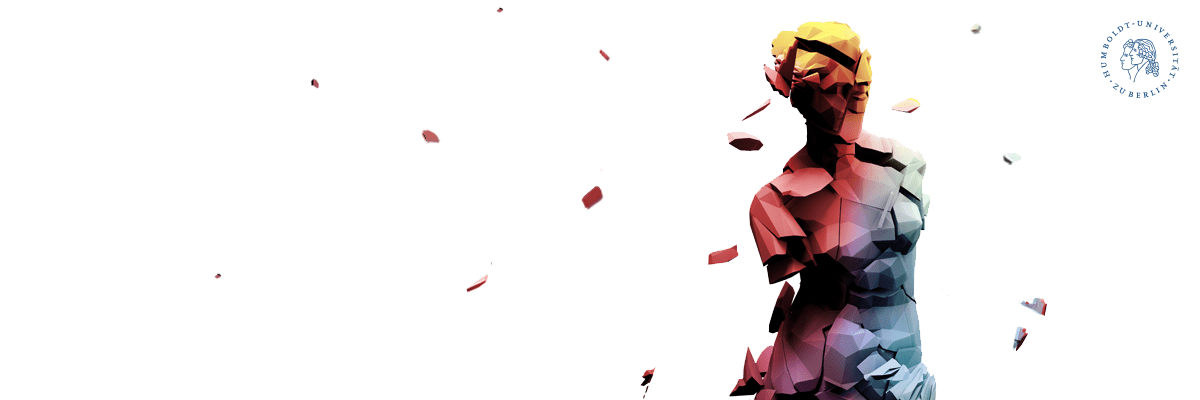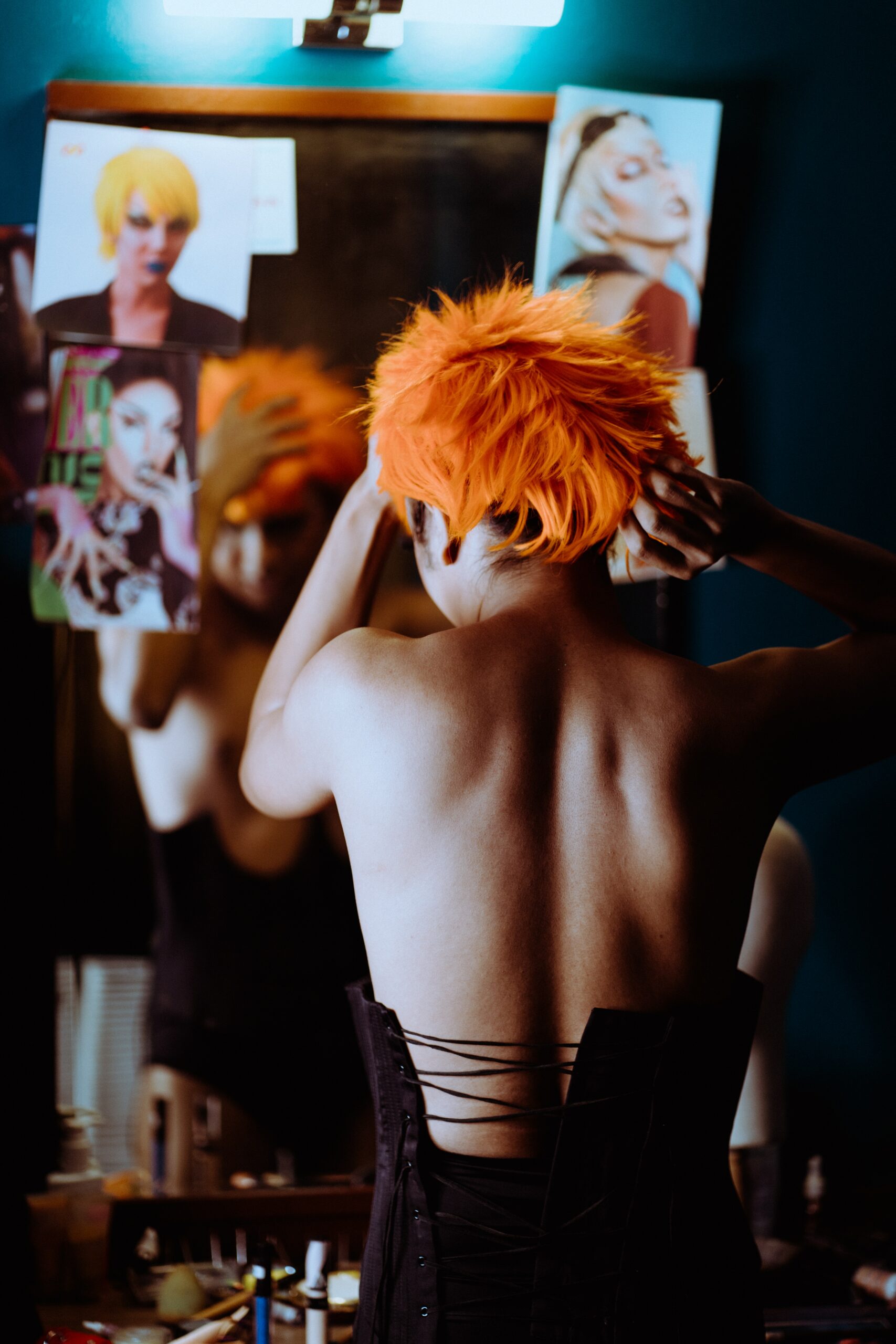Representation in the media serves as an important way through which one’s perception of reality is shaped, and norms in society are contested and negotiated (Fürsich, 2010). In Singapore the media is stringently regulated by the state and laws criminalizing homosexuality were only repealed in 2022. This raises the question of whether the media is able to create space for representation of the queer community, and the role it plays in challenging or reinforcing existing norms on gender and sexuality. In this article, I will examine and critique the use of cross-dressing in local mainstream productions in Singapore, particularly Chinese television programs and films, in relation to existing local stereotypes of cross-dressers, also known locally under the defamatory term, ‘Ah Kwa.’
Media Censorship and Regulation in Singapore
Before we delve into the topic at hand, it is important to gain an overview of media censorship and regulation in Singapore. Despite the recent revoking of laws that prohibit gay sex, the Singaporean government maintains a tight grip on its definition of family and the portrayal of the family unit in local mainstream television and film. The state is notorious for its censorship of homosexuality in protection of ‘traditional family values’ (Cheng, 2022). Memorably, Disney’s Lightyear (2022) was rated NC16 (No Children under 16) for ‘overt homosexual depictions’ (Tham, 2022) and shows on Netflix that portray homosexual acts are rated M18 (Mature 18) and above (Miyano, 2020). Given this situation, representations of the LGBTQ+ community within locally broadcast television are few and far between. Locally produced films and television programs continue to center around what the state has defined to be a ‘traditional family’— a family nucleus with a married heterosexual couple and their children. Representations of the LBGTQ+ community are in turn, veered away from.
Cross-dressing in Mainstream Singaporean Media
The use of cross-dressing in local mainstream media might pose an antithesis to what has been discussed so far. A closer look at the use of cross-dressing in mainstream Singaporean productions can clue us into the appropriateness and accuracy of what potentially could have been a representation of the Singaporean queer community. While there are some male actors that take on female personas in Singaporean Chinese mainstream media these are mostly used for comedic purposes. The comedic factor of these characters seemingly stems from the dramatic and over-the-top gesticulations and speech patterns of these personas. One of the more well-known of these personas, Auntie Lucy, is a popular example of this.
Auntie Lucy is most strikingly remembered for her catchphrase ‘So embarrassing’ and dramatic hair flips. Generally well-received in her first appearance in a variety show Paris and Milan (2009), the character Auntie Lucy continued to be featured in other local commercials and productions such as Aunty Lucy Slam Dunk (2009), It’s a Great, Great World (2011) and Dance, Dance Dragon (2012) (Chew, 2012), before the character was retired.
Representation or Heteronormative Comedy?
At first glance, the inclusion of cross-dressing in mainstream media could seem progressive, paving the way for greater acceptance towards those who wish to explore and embrace their gender identity and representation outside the heteronormative binary and subvert the status quo. However, these characters were accepted solely for their shock factor and comedic value. It seems a reach to say that gender norms and representations were challenged through these characters; it was never their purpose, despite their existence posing possible space for the subversion of these very norms. Further, I do wonder if the element of cross-dressing plays a significant role in how funny these characters are. If these female characters were portrayed by cis-females, would they have been similarly perceived as comedic to the general audience? Most importantly, who do these characters pander to? The comedic effect of such characters seems most effective for a cis-gendered, heterosexual audience. In stabilizing a heteronormative view of gender, cross-dressing here, is appropriated to ridicule a queer act of gender expression.
Additionally, such characters are often referred to as an ‘Ah Kwa,’ a derogatory Hokkien term. The term is frequently used to refer to a transvestite or a transgender person – mixing up two different forms of gender identity and expression. To some, it is also wrongly conflated with a homosexual person. The discrimination centers heavily on the expectations of a man to behave more ‘masculinely’ and anyone who deviates from this is effeminate and often becomes a subject of ridicule and ostracization. The use of this term in reference to these characters provides us with a glimpse of how the cross-dressing and transgender communities are typically viewed by the general populace today. While the stereotypes portrayed in these instances of cross-dressing have been used in everyday culture and the successful marketing of consumer goods in Singapore, cross-dressing and presenting differently from the norm are frowned upon in daily life. Off-screen, some actors who have cross-dressed over the course of their careers have also suffered a backlash for their lack of conformity to the dominant masculine ideals. The actor behind Auntie Lucy noted that he lost friends over his role and received disdainful comments from other actors.
Hence, queer representation in Singaporean mainstream media remains scarce. While the use of cross-dressing may at first glance seem like some representation, further analysis reveals how it is used for laughs that stem from prejudices and stereotypes. Cross-dressing is utilized by local productions to draw attention, and there is no intention of bringing awareness to a part of the queer community that exists in Singapore today. Most imperatively, one must also be cognizant of the wider effect that these stereotypical representations of marginalized groups have in society. These representations do not merely generate laughs. The power of hegemonic mainstream media is double-edged. While it can be a powerful tool through which what is considered ‘normal’ is meaningfully engaged with, challenged and redefined, it can also be used to legitimize and continue to perpetuate harmful rhetoric and stereotypes that continue to divide society. Indeed, we have come to observe the latter in this article.
Closing Thoughts
The situation is not all bleak, however. Productions genuinely exploring the lives of those in Singapore’s queer community do exist, though they are often independent and lesser known. Some notable works include Bugis Street (1995) and Solos (2007). It is also common to present queer perspectives through short films.
Queer representation in Singaporean mainstream media still has a long way to go. Currently, the alternative spaces for queer representation remain a beacon of hope for those seeking role models and inspiration from stories and characters that reflect who they are and what they have experienced. I do hold on to the hope of seeing queer representation in mainstream media in Singapore in the future.
Michelle Lim interned at the Forschungsstelle Kulturgeschichte der Sexualität (Research Center on the Cultural History of Sexuality) at Humboldt-University in the Summer of 2022. She is now back in Singapore and has recently graduated with Honours in Political Science. Besides politics, she is interested in queer theory and social theory, and hopes to further her studies in the future.

